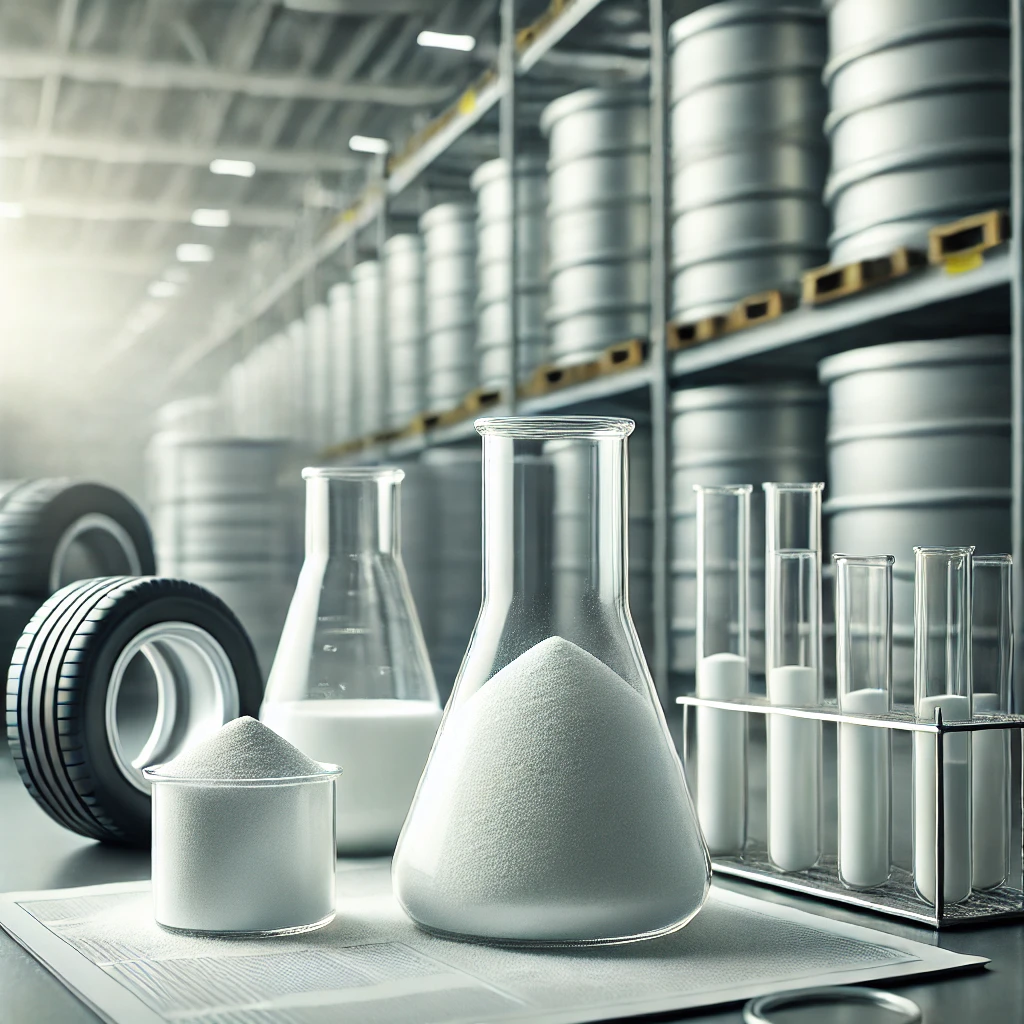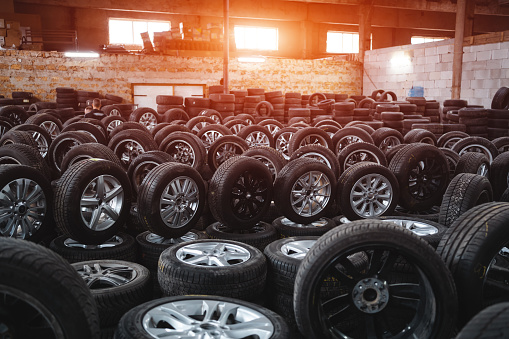Carbon Black as a Reinforcing Agent in Rubber Applications. Carbon black is the second most important rubber material after raw rubber, playing a crucial role in the rubber industry. Its naming follows international standards, ensuring product standardization and making it easier for users to understand key performance indicators.
1. Classification of Carbon Black
Carbon black is classified based on:
- Manufacturing method: Partial combustion (e.g., Furnace black, Thermal black) or Complete combustion (e.g., Pyrolytic black).
- Performance: Categories include Super abrasion-resistant, General-purpose, and Fast-extrusion carbon black.
2. Carbon Black Naming System
Carbon black names consist of one letter + three digits (e.g., N330, S300):
- Letter:
- N – Standard structure, used in high-wear applications.
- S – Low structure, suited for elastic and flexible applications.
- Numbers:
- First digit – Surface area (m²/g), indicating particle size.
- Last two digits – Indicate specific performance traits.
3. Common Rubber-Grade Carbon Black
| Series | Surface Area (m²/g) | Properties & Applications |
|---|---|---|
| N100 | 121–150 | Super abrasion-resistant, ideal for high-load applications (e.g., tires). |
| N200 | 100–120 | High abrasion resistance, suitable for general industrial rubber. |
| N300 | 70–99 | Medium abrasion resistance, used in standard rubber formulations. |
| N500 | 40–69 | Fast-extrusion, ideal for extruded rubber products. |
| N700 | 11–20 | High elasticity, suited for soft rubber applications. |
4. Relationship Between Naming and Performance
- Higher surface area → Smaller particles → Used for high-wear applications (e.g., high-performance tires).
- Lower surface area → Larger particles → Used for flexibility or conductivity (e.g., soft rubber products).





